-
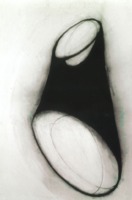
cylindrical form with top and bottom open, solid black outer shell.
-
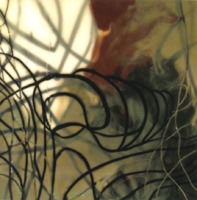
Light emitting from upper left hand corner, met by shadows of green and red. Black forms swirling in foreground.
-
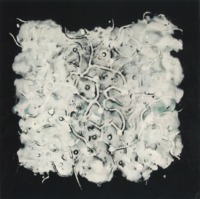
Black Background with white forms in center
-
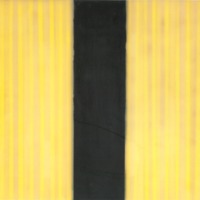
Yellow background, vertical black stripe down the middle of the composition.
-
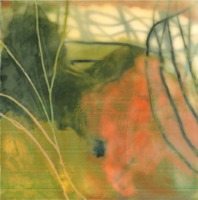
Reb Background with green accents on right, yellow on left.
-
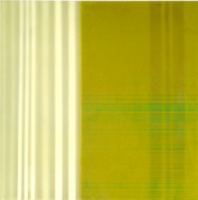
Yellow gradient, from light stripes on left, to the dark stripes on right.
-
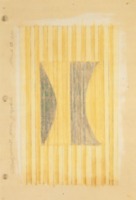
Rectangle with darker yellow stripes over a rectangle with white semicircle on right side.
-

Pale yellow stripes on the left, red stripes on the right.
-
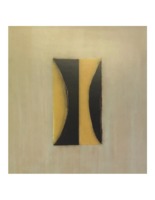
Rectangle with yellow semicircle on left side with a black line and the opposite design on the right.
-
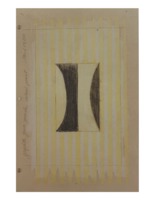
Pencil sketch, colored pencil, gesso and graphite on paper
Description: Rectangle with thin pale yellow stripes behind a smaller rectangle with a white semicircle on the left side.
-
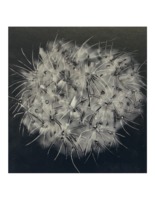
Black background and a white cloud-like shape with anemone-like clusters on the top.
-
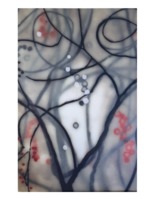
Pale background with opaque black tendrils, in the foreground there are solid black tendrils that curl near the top. Red and black circles can be seen throughout the piece similar to berry bunches.
-

White paper with overlapping bubbled triangles, the one on the bottom is fully black and there is smudging all around the shapes.
-

Colorized photo of a woman smiling in a white room with small pictures on the wall.
-
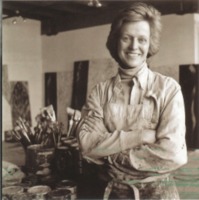
Black and white photo of woman smiling standing in front of studio with paint brushes and canvases.
-

This song is called Paul Revere, and it is about wanting to escape your small hometown, and not wanting to be associated with it.
-

This is a song written about someone you love getting clean from addiction after disappearing for a while, and then coming back.
-
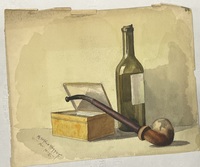
-
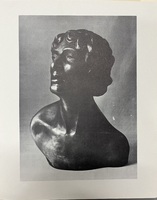
-
c1920s beaded silk dress with lace hem and neck detail. Decorative rhinestones throughout. Silk lining.
-

Lace Fan
-

-
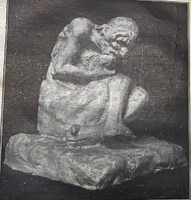
-
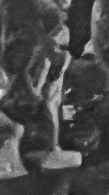
-
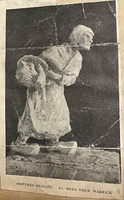
shown at PMSIA
























